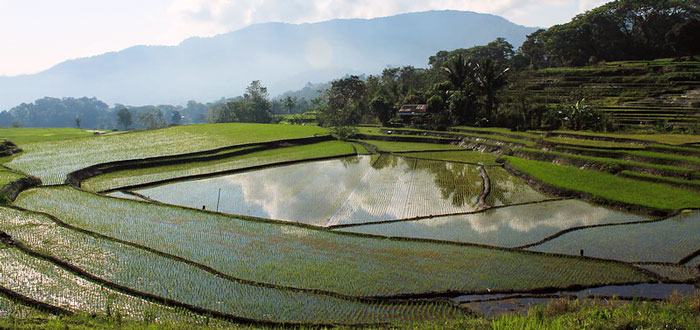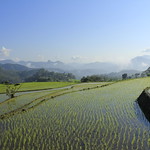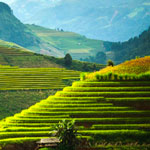Ifugao Rice Terraces, Philippines
GIAHS since 2011

Over the last century, the Ifugao Rice Terraces had been self-sufficient in food, timber and water. Thanks to an organization of the landscape divided into five components including woodlot and communal forest, swidden farms, rice terraces, settlement areas and water bodies and irrigation systems, this system is an example of adaptation of the local communities to the environment.
Ifugao terraces have shaped a characteristically landscape in the Mountains between 800 and 1500 meters. Indeed, they were previously forested areas while others are presumably grasslands. It is however, the availability of water that dictates the Ifugaos to build terraces and allowed them to create this system.
However, the rice terraces are now in a very critical stage of deterioration and do not allow the local communities to overcome the poverty line. The continued survival of the terraces is threatened by various factors such as environmental degradation, unregulated development and neglect brought about by urbanization and changing values.
UNESCO designation
Rice Terraces of the Philippine Cordilleras
For 2,000 years, the high rice fields of the Ifugao have followed the contours of the mountains. The fruit of knowledge handed down from one generation to the next, and the expression of sacred traditions and a delicate social balance, they have helped to create a landscape of great beauty that expresses the harmony between humankind and the environment. Read more
Story
#MountainsMatter: The site of ancient traditions and biodiverse crops
In the north of the Philippines, the Ifugao rice terraces decorate the sides of the Cordilleras mountains. These magnificent terraces were created by the Ifugao ethnic group, a minority community that has lived in these mountains for thousands of years.




